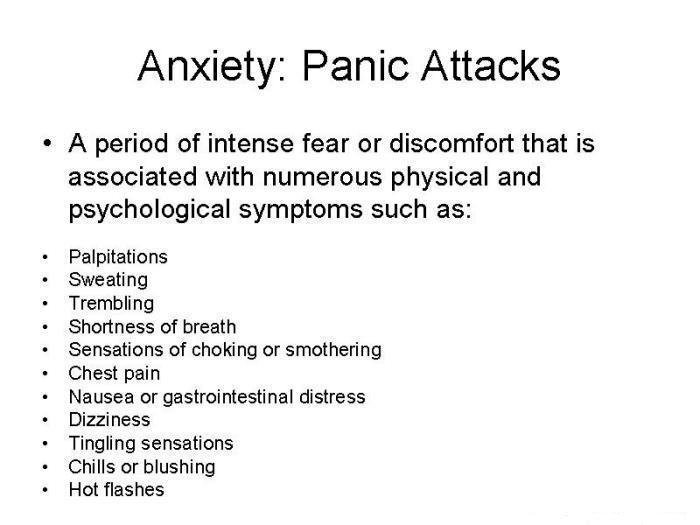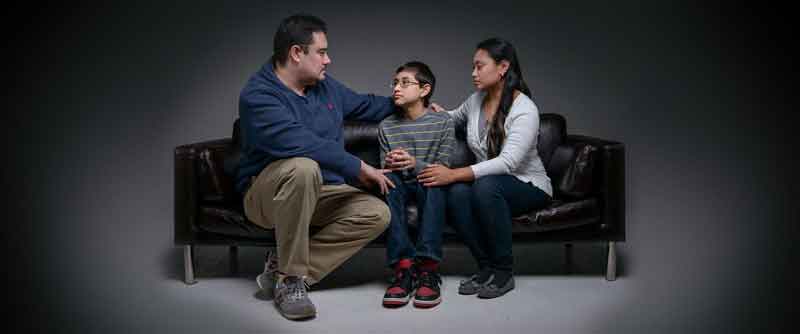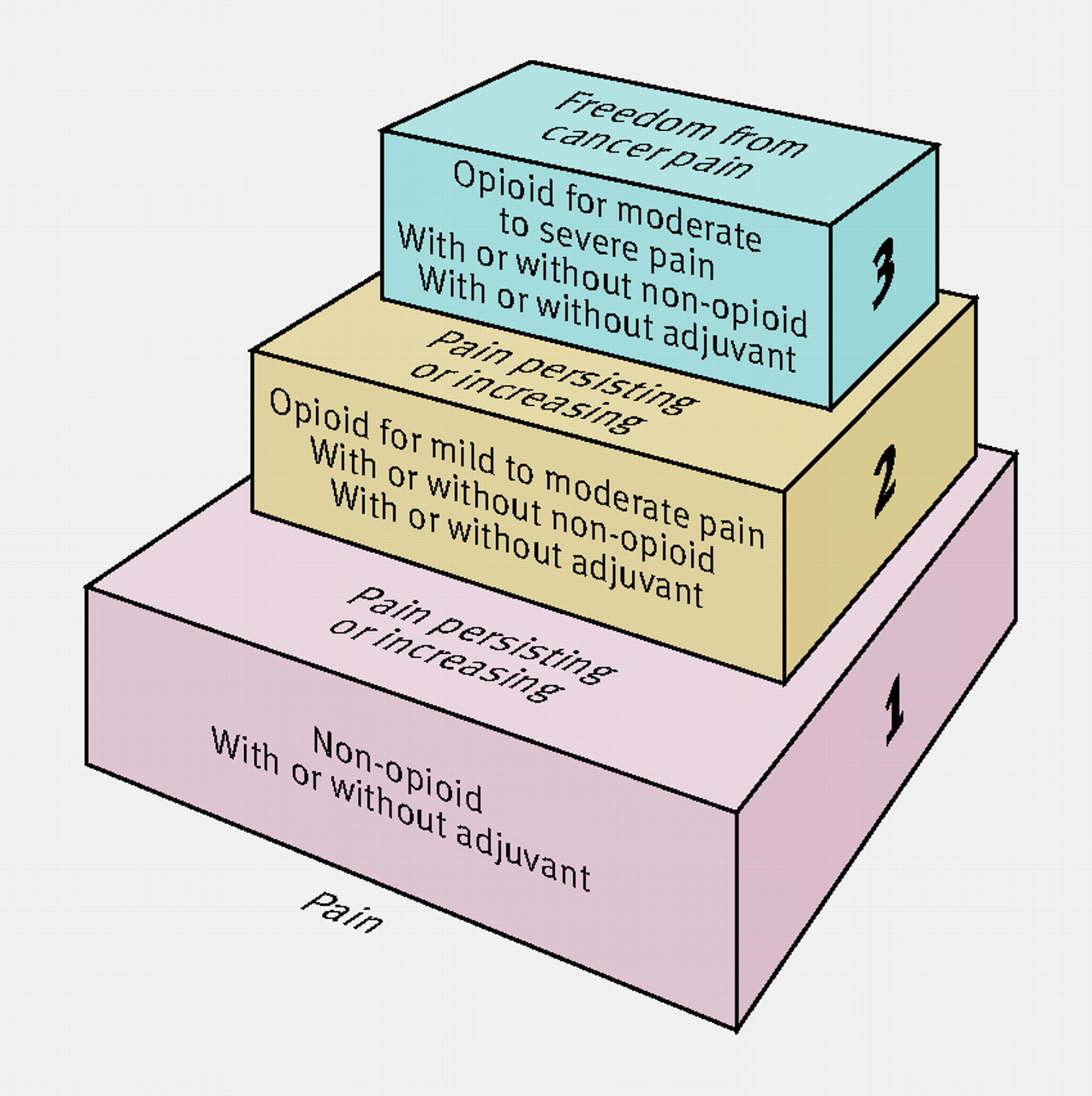 Hi everyone! On Monday I talked about how The Writer's Guide to Psychology is useful and generally fabulous. Today, the author, Dr. Carolyn Kaufman, is here to tell you about cutting edge treatments for depression.
Hi everyone! On Monday I talked about how The Writer's Guide to Psychology is useful and generally fabulous. Today, the author, Dr. Carolyn Kaufman, is here to tell you about cutting edge treatments for depression.
I don't know if you folks know this, but Dr. Kaufman is an assistant professor at Columbus State Community College and also teaches classes at Otterbein College. She'll stop by later to answer any questions you have, but as a result of her teaching schedule, it will probably be in the afternoon and evening.
In addition, she's giving away one signed copy of The Writer's Guide to Psychology to one of my commenters today! I'll be announcing the winner Friday. And without further ado ...If your character has a serious problem with depression, you probably think she has two options for treatment: psychotherapy or medications. And you’d be right – sort of. Those are the first two things a good therapist will try. But what happens if neither approach works? Are there cool new 21st-century alternatives?
You bet there are.
Now, in most cases, your character will start with psychotherapy, and in many cases, psychotherapy alone is sufficient. Sometimes, however, medications warrant serious consideration; here are a couple of examples of situations when your therapist will want to consider referring to a psychiatrist:
The client is so depressed that she’s unable to really get much out of therapy – she needs additional help.
The client has numerous close family members who are taking medication for the same condition – and they’re benefitting from that medication or medications.
Once in a while, however, an individual has what we call Treatment-Resistant Depression (TRD), which means that various psychotherapeutic approaches and medications have been inadequate to help the person. Research suggests that for these people, Treatment as Usual (TAU) may only be successful in about 7% of cases.
The Old Standard
Traditionally, electroconvulsive therapy (ECT) has been used as a last-ditch effort in these situations. The good news is that ECT is not the brutal, barbaric thing portrayed in most movies, where the wide-awake patient is strapped down and subjected to painful, terrifying shocks that cause convulsions. Rather, the person is both asleep (thanks to a general anesthesia) and still (thanks to a muscle relaxant). Miraculously, some people feel significantly better after a single treatment, but for most people, several weeks’ worth of treatments are necessary. After that, medications and psychotherapy are usually effective.
The biggest downside of ECT is that it interferes with what we call the “consolidation” of memory. In other words, over the few weeks that you’re doing ECT, you may have trouble storing information in long-term memory. That can certainly make it hard to remember your next appointment if you don’t have it written down!
Though most people say they would do ECT again if they needed it, and though it has been called “no more unpleasant” than going to the dentist (?!), some people have really bad experiences with it. For example, once in a while people who have undergone ECT say that they have problems with anterograde memory loss (which means they have trouble remembering things even after the ECT is done). Others say they have retrograde amnesia, which means they have forgotten chunks of their past. The hard thing about these situations is that normally ECT is only done when the doctors don’t know what else to do to keep someone alive. So which is worse – being dead, or having some memory loss? The answer genuinely depends on the person.
But scientists have been working on new, drug-free biological treatments for people with TRD. Here are three.
Transcranial Magnetic Stimulation (TMS)
Transcranial Magnetic Stimulation is the least invasive of the three new treatments I want to discuss. Unlike the other two, there is no surgery and no implantation of a device.
 During TMS, the client sits in a chair that resembles a dentist’s chair (I know, what’s with the recurring dentist theme?), and an electromagnetic coil is placed near the left front of the head. The coil turns on and off rapidly, creating a magnetic field that stimulates the brain’s cells (called “neurons”) to release brain chemicals like serotonin and norepinephrine. (In people who are depressed, serotonin and norepinephrine levels are too low.)
During TMS, the client sits in a chair that resembles a dentist’s chair (I know, what’s with the recurring dentist theme?), and an electromagnetic coil is placed near the left front of the head. The coil turns on and off rapidly, creating a magnetic field that stimulates the brain’s cells (called “neurons”) to release brain chemicals like serotonin and norepinephrine. (In people who are depressed, serotonin and norepinephrine levels are too low.)The machine makes a very loud (and unpleasant) tap-tap-tap-tap sound as the electromagnetic coil is turned on and off, so both client and doctor wear earplugs. Many people experience prickling or discomfort of the scalp under the coil, and some experience twitching of facial muscles or headaches afterward. Research suggests, however, that about half of the people who undergo TMS experience some relief of their depression symptoms.
Vagus Nerve Stimulation (VNS)
Both Vagus Nerve Stimulation and the next treatment we talk about, Deep Brain Stimulation, involve a bigger commitment than TMS. Both involve the surgical implantation of an expensive pacemaker-like device under the collarbone.
 With VNS, wires run from the main device up into the neck and are wrapped around the vagus nerve, which travels up into the brain and down into the body. Every five minutes, the VNS unit emits a mild electrical pulse. At first, this pulse is noticeable: it feels like a very mild shock accompanied by the requisite prickle of electricity on the left side of the voice box. Over time, however, the body adjusts and the individual is no longer aware of the pulses unless she’s paying close attention, exercising heavily, or speaking loudly (the pulse makes some people’s voices a little bit husky or hoarse). The prickling sensation goes away, and the pulse itself feels like a finger laid very lightly against the left side of the voice box.
With VNS, wires run from the main device up into the neck and are wrapped around the vagus nerve, which travels up into the brain and down into the body. Every five minutes, the VNS unit emits a mild electrical pulse. At first, this pulse is noticeable: it feels like a very mild shock accompanied by the requisite prickle of electricity on the left side of the voice box. Over time, however, the body adjusts and the individual is no longer aware of the pulses unless she’s paying close attention, exercising heavily, or speaking loudly (the pulse makes some people’s voices a little bit husky or hoarse). The prickling sensation goes away, and the pulse itself feels like a finger laid very lightly against the left side of the voice box.The effects of VNS take time, and patients may take up to a year to get the full effects. The battery in the unit is said to last up to 7 years in some patients; when it runs out, a whole new pacemaker-like device has to be implanted.
Research argues that significantly more people with TRD respond to VNS therapy than treatment as usual (ie therapy and medication alone), with about a third of patients getting significant relief and up to 80% of patients getting some relief.
Deep Brain Stimulation (DBS)
Still in the experimental stages, Deep Brain Stimulation also involves the implantation of a pacemaker-like device under the collarbone. Rather than wrapping around the vagus nerve, however, the electrodes are placed directly into the brain. Patients are awake when the electrode is actually inserted, and many, fascinatingly, report an immediate lifting of their depression. Early research has shown that patients have remained in remission while the current is left on, but experience a return of symptoms when the current is switched off.
What makes DBS unique is that it may help people for whom electroconvulsive therapy has not been effective. TMS and VNS are not usually helpful for this group.
Since DBS has not been proven in large groups of people, it has not yet been approved for depression in North America.
Particularly with the last two treatments, you may think that you wouldn’t want someone implanting anything in your body – and especially in your brain – for any reason! But for people for whom depression is an unrelenting specter, these treatments offer new hope. Unfortunately, although both TMS and VNS have been FDA-approved for depression in the US, insurance companies aren’t usually willing to pay for them, forcing individuals to find ways to pay for them out of pocket.
For more information on TMS:
NAMI: http://www.nami.org/Content/ContentGroups/Helpline1/Transcranial_Magnetic_Stimulation_(rTMS).htm
Neurostar (company that makes the TMS machine): http://www.neurostartms.com/Home.aspx
For more information on VNS:
VNS and Me: Wordpress Blog of someone who was implanted with the VNS device: http://vnsandme.wordpress.com/
Cyberonics (company that makes the VNS device): http://us.cyberonics.com/en/vns-therapy/
For more information on DBS:
Time Magazine article: http://www.time.com/time/magazine/article/0,9171,1214939,00.html
What do you think? Had you heard of these treatments? What questions do you have for Dr. Kaufman (they don't have to be limited to these treatments--feel free to ask general questions or anything about The Writer's Guide)? Remember--one commenter will win a signed copy of The Writer's Guide to Psychology, so ask (or just comment) away! She'll stop by after 3pm (EST) to answer!
And finally, on the Sisterhood of the Traveling Blog front, Deb Salisbury is posting today about what she does when she loses her writing mojo. Please check it out!

























 Hi everyone! On Monday I talked about how The Writer's Guide to Psychology is useful and generally fabulous. Today, the author, Dr. Carolyn Kaufman, is here to tell you about cutting edge treatments for depression.
Hi everyone! On Monday I talked about how The Writer's Guide to Psychology is useful and generally fabulous. Today, the author, Dr. Carolyn Kaufman, is here to tell you about cutting edge treatments for depression. 


